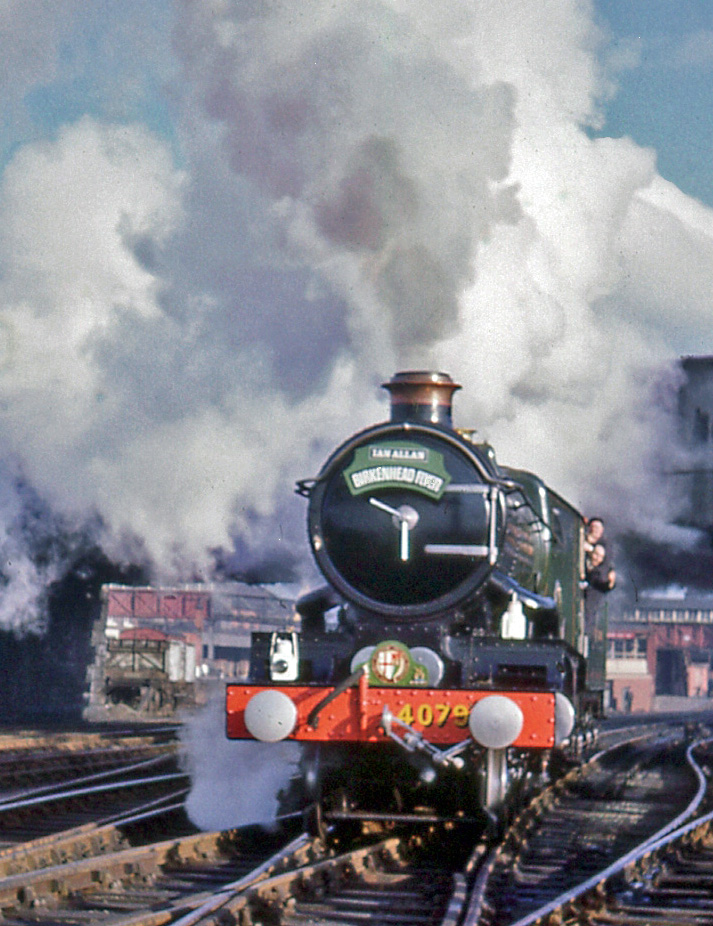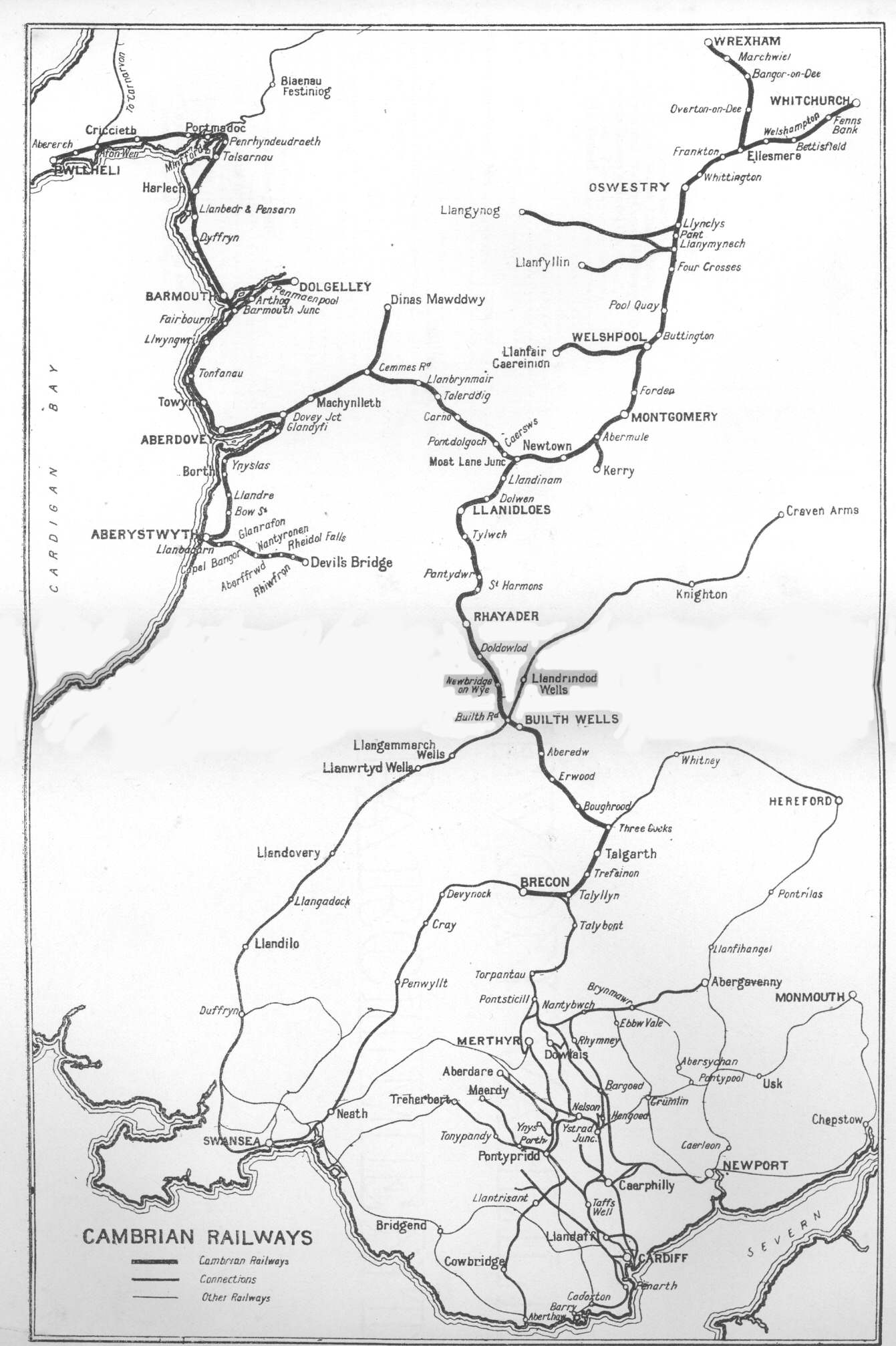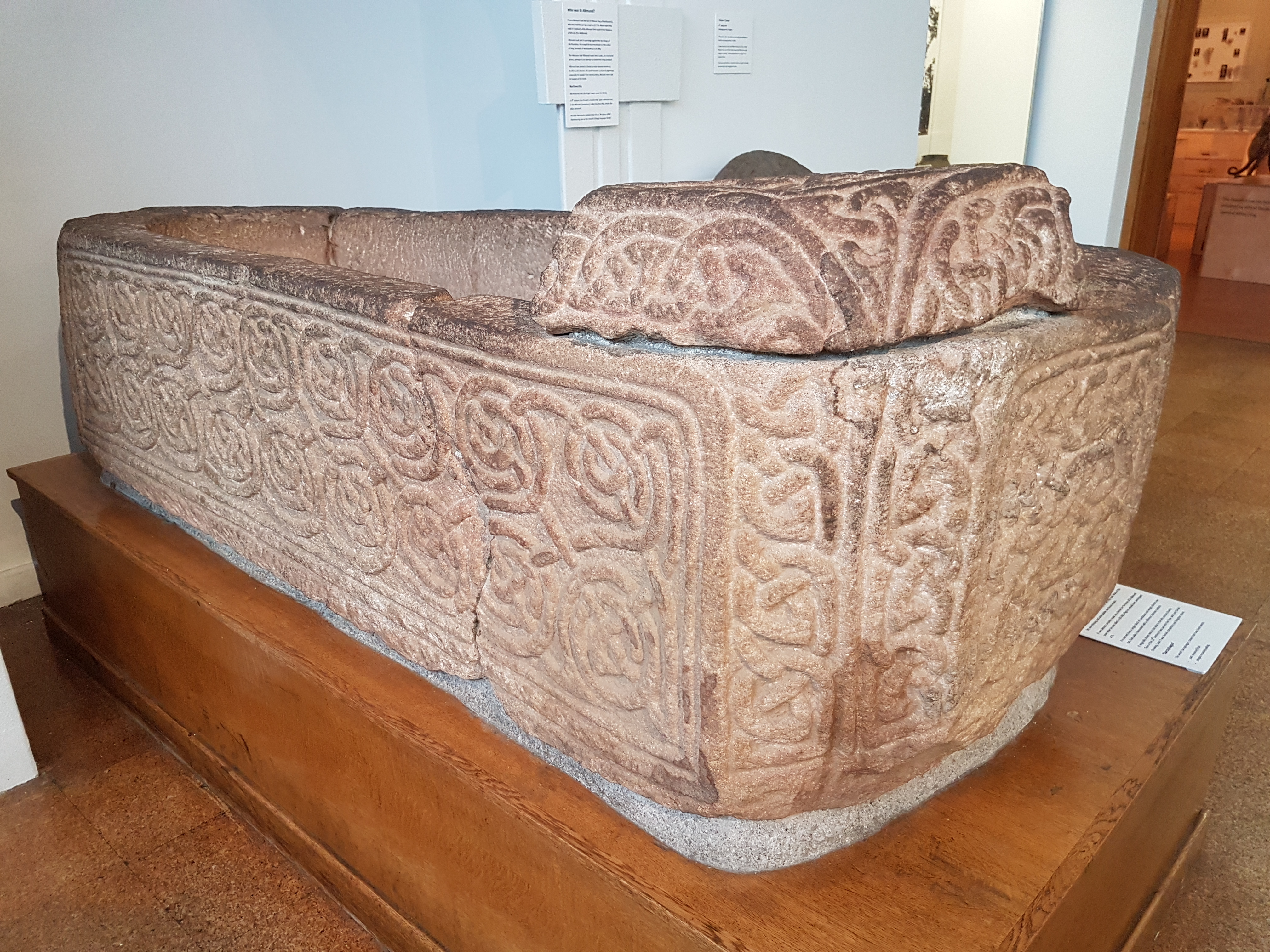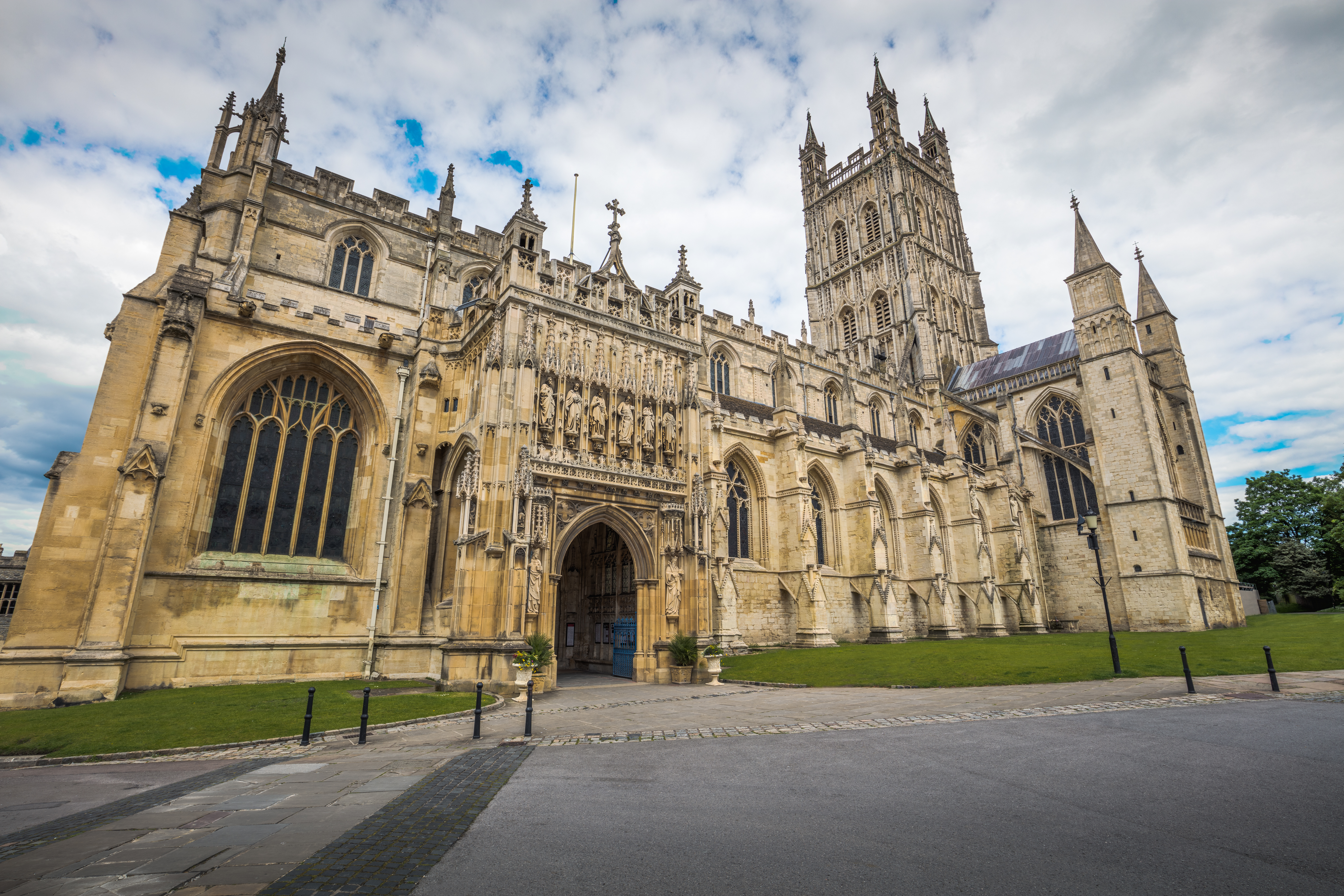|
GWR 7800 Class
The Great Western Railway (GWR) 7800 Class or Manor Class is a class of 4-6-0 steam locomotive. They were designed as a lighter version of the Grange Class, giving them a wider Route Availability. Like the 'Granges', the 'Manors' used parts from the GWR 4300 Class Moguls but just on the first batch of twenty. Twenty were built between 1938 and 1939, with British Railways adding a further 10 in 1950. They were named after Manors in the area covered by the Great Western Railway. Nine are preserved. Background Although successful mixed-traffic designs, neither the Hall nor the Grange 4-6-0 classes were able to cover the full range of duties previously undertaken by the 4300 Class 2-6-0 locomotives due to their ‘red’ weight classification. By the late 1930s a lighter version of the Grange class was urgently required for those cross-country and branch line duties forbidden to heavier locomotives. A new lighter (Swindon No.14) boiler was therefore designed, and as with the Gra ... [...More Info...] [...Related Items...] OR: [Wikipedia] [Google] [Baidu] |
Charles Collett
Charles Benjamin Collett (10 September 1871 – 5 April 1952) was Chief mechanical engineer, Chief Mechanical Engineer of the Great Western Railway from 1922 to 1941. He designed (amongst others) the GWR's GWR 4073 Class, Castle and GWR 6000 Class, King Class express passenger locomotives. Education and early career Collett was educated at the Merchant Taylors' School, Northwood, Merchant Taylors' School (then at Charterhouse Square, London) and the Imperial College Faculty of Engineering#City and Guilds College, City and Guilds College of London University. He then became an engineering pupil at Maudslay, Sons and Field, a firm that built Marine steam engine, marine steam engines. In 1893 he entered the GWR Drawing Office at Swindon Works, Swindon as a junior draughtsman. Four years later he was put in charge of the buildings section, and in 1898 became assistant to the Chief Draughtsman. In June 1900 he was appointed Technical Inspector, and soon after Assistant Manager, at ... [...More Info...] [...Related Items...] OR: [Wikipedia] [Google] [Baidu] |
Robert Riddles
Robert Arthur "Robin" Riddles, CBE, MIMechE, MinstLE (23 May 1892 – 18 June 1983) was a British locomotive design engineer. Biography LNWR and LMS Riddles was born in 1892 in East Preston in Worthing, Sussex. His father was a contractors' manager. He attended St Andrew's High School, Worthing. Riddles entered the Crewe Works of the London and North Western Railway as a premium apprentice in 1909, completing his apprenticeship in 1913. While attending the Mechanics Institute classes he took a course in electrical engineering, feeling there would be a future for electric traction. During the 1914–18 Great War he served with the Royal Engineers mainly in France, during which time he was badly wounded. He returned to the LNWR at Crewe and, in 1920, became the "bricks and mortar assistant", with responsibility for the new erecting shop. When work on that was stopped, Riddles was placed in charge of a small production progress department and was sent to Horwich to study the metho ... [...More Info...] [...Related Items...] OR: [Wikipedia] [Google] [Baidu] |
GWR 7800 Class 7827 Lydham Manor
Great Western Railway GWR 7800 Class, 7800 Class No. 7827 ''Lydham Manor'' is a preserved United Kingdom, British steam locomotive. It is currently (March 2013) owned by and based on the Dartmouth Steam Railway. The locomotive was built in December 1950. Its first shed allocation was at Chester. In March 1959, its shed allocation was moved to Oswestry. It conducted improved draughting tests in February 1954. In May 1965, it received its last shed allocation at Shrewsbury. No. 7827 was withdrawn in October 1965 and acquired by Woodham's of Barry, Vale of Glamorgan, Barry, Wales, in May 1966. It was sold to Dartmouth Steam Railway, Dart Valley Railway and left the scrapyard as the fifth departure from Barry in June 1970. No. 7827 was restored in 1972. It carried the Great Western Livery, which it would never have carried while in mainline service, as it was built two years after the end of the Great Western Railway (GWR). In 2011, ''Lydham Manor'' was reintroduced at the Churston ... [...More Info...] [...Related Items...] OR: [Wikipedia] [Google] [Baidu] |
GWR 7800 Class 7808 Cookham Manor
7808 ''Cookham Manor'' is a Great Western Railway 7800 'Manor' Class steam locomotive. It was built in 1938 at Swindon Works, withdrawn from service in December 1965 and purchased directly from British Railways for preservation by John Mynors, a member of the Great Western Society, in 1965–66. 'Cookham Manor' was the only 'Manor' Class locomotive to have been bought directly from BR. Initially it was stored at Ashchurch, until moving to Didcot in August 1970. It was said to be considered highly by the crews that operated it, and unusually for the class, the locomotive was fitted with a larger water tender. The locomotive initially saw considerable main line use soon after preservation, but is currently on static display awaiting a major overhaul at Didcot Railway Centre Didcot Railway Centre is a railway museum and preservation engineering site in Didcot, Oxfordshire, England. The site was formerly a Great Western Railway engine shed and locomotive stabling point. Ba ... [...More Info...] [...Related Items...] OR: [Wikipedia] [Google] [Baidu] |
GWR 4073 Class
The 4073 or Castle Class are 4-6-0 steam locomotives of the Great Western Railway, built between 1923 and 1950. They were designed by the railway's Chief Mechanical Engineer, Charles Collett, for working the company's express passenger trains. They could reach speeds of up to . Background The origins of this highly successful design date back to the Star Class of 1907 which introduced the basic 4-cylinder 4-6-0 layout with long-travel valves and Belpaire firebox that was to become characteristic of Great Western Railway (GWR) express passenger locomotives. The Star class was designed to take the top express trains on the GWR, with 61 in service by 1914, but after World War I there was a need for an improved design. To meet this need, Chief Mechanical Engineer George Churchward had in mind an enlarged Star class design with a standard No.7 boiler, as fitted to his GWR 4700 Class express freight 2-8-0. However, this combination would have taken the axle load over the 20-ton li ... [...More Info...] [...Related Items...] OR: [Wikipedia] [Google] [Baidu] |
GWR 6000 Class
The Great Western Railway (GWR) 6000 Class or King Class is a class of 4-6-0 steam locomotives designed for Inter-city rail, express passenger work and introduced in 1927. They were the largest locomotives built by the GWR, apart from the unique Pacific (GWR 111 The Great Bear, ''The Great Bear''). The class was named after kings of the United Kingdom and of England, beginning with the then reigning monarch, George V of the United Kingdom, King George V, and going back through history. They handled the principal GWR expresses on the Great Western Main Line, main line from London to the West of England and on the Chiltern Main Line, Chiltern line to Birmingham and Wolverhampton, until 1962 when the class was withdrawn. Background and development By 1918, it was apparent to the GWR chief mechanical engineer George Jackson Churchward that his GWR 4000 Class, Star Class 4-6-0 locomotives would soon be incapable of handling the heaviest West of England expresses without assistance. ... [...More Info...] [...Related Items...] OR: [Wikipedia] [Google] [Baidu] |
Cambrian Railways
The Cambrian Railways owned of Railway track, track over a large area of mid Wales. The system was an amalgamation of a number of railways that were incorporated in 1864, 1865 and 1904. The Cambrian connected with two larger railways with connections to the northwest of England via the London and North Western Railway, and the Great Western Railway for connections between London and Wales. The Cambrian Railways amalgamated with the Great Western Railway on 1 January 1922 as a result of the Railways Act 1921. The name is continued today in the route known as the Cambrian Line. History Creation of the Cambrian Railways: 1864 The Cambrian Railways Company was created on 25 July 1864 when the (27 & 28 Vict. c. cclxii) received royal assent. The company was formed by amalgamating most of the railway companies in mid Wales: the Oswestry and Newtown Railway, the Llanidloes and Newtown Railway, the Newtown and Machynlleth Railway and the Oswestry, Ellesmere and Whitchurch Rai ... [...More Info...] [...Related Items...] OR: [Wikipedia] [Google] [Baidu] |
Neyland
Neyland is a town and community in Pembrokeshire, Wales, lying on the River Cleddau and the upstream end of the Milford Haven estuary. The Cleddau Bridge carrying the A477 links Pembroke Dock with Neyland. In 2011 it had a population of 3,464. Etymology The name of the town is a reduction of an earlier form of the English word ' preceded by the Middle English ' "at the". It was formerly known as New Milford by contrast with Milford Haven. History Neyland was a small fishing village in the parish of Llanstadwell, but in 1856 it became the site for the western terminus of Isambard Kingdom Brunel's Great Western Railway with a transatlantic terminal for the largest ships of the time. It was selected instead of the other possible location Abermawr. The town then grew rapidly to serve the port. The construction of a more substantial port at Goodwick based on an earlier plan of 1846, was revived in 1899, and opened in 1906. Many people relocated from Neyland to Goodwick ... [...More Info...] [...Related Items...] OR: [Wikipedia] [Google] [Baidu] |
Wiltshire
Wiltshire (; abbreviated to Wilts) is a ceremonial county in South West England. It borders Gloucestershire to the north, Oxfordshire to the north-east, Berkshire to the east, Hampshire to the south-east, Dorset to the south, and Somerset to the west. The largest settlement is Swindon, and Trowbridge is the county town. The county has an area of and a population of 720,060. The county is mostly rural, and the centre and south-west are sparsely populated. After Swindon (183,638), the largest settlements are the city of Salisbury (41,820) and the towns of Chippenham (37,548) and Trowbridge (37,169). For local government purposes, the county comprises two unitary authority areas: Swindon and Wiltshire. Undulating chalk downlands characterize much of the county. In the east are Marlborough Downs, which contain Savernake Forest. To the south is the Vale of Pewsey, which separates the downs from Salisbury Plain in the centre of the county. The south-west is also downland, ... [...More Info...] [...Related Items...] OR: [Wikipedia] [Google] [Baidu] |
Westbury, Wiltshire
Westbury is a market town and civil parishes in England, civil parish in west Wiltshire, England. The town lies below the northwestern edge of Salisbury Plain, about south of Trowbridge and a similar distance north of Warminster. Westbury was known for the annual Westbury Hill Fair, Hill Fair where many sheep were sold in the 18th and 19th centuries; later growth came from the town's position at the intersection of two railway lines. The busy A350 road, A350, which connects the M4 motorway with the south coast, passes through the town. The urban area has expanded to include the village of Westbury Leigh and the hamlets of Chalford and Frogmore. History A Romano-British culture, Romano-British settlement was found at The Ham, in the north of the parish, in the 1870s. The manor of Westbury, and the Hundred (county division), hundred with the same boundaries, was held by the king at the time of the Domesday survey in 1086. The Wiltshire Victoria County History recounts the f ... [...More Info...] [...Related Items...] OR: [Wikipedia] [Google] [Baidu] |
Shrewsbury
Shrewsbury ( , ) is a market town and civil parish in Shropshire (district), Shropshire, England. It is sited on the River Severn, northwest of Wolverhampton, west of Telford, southeast of Wrexham and north of Hereford. At the 2021 United Kingdom census, 2021 census, the parish had a population of 76,782. It is the county town of the ceremonial county of Shropshire. Shrewsbury has Anglo-Saxons, Anglo-Saxon roots and institutions whose foundations, dating from that time, represent a cultural continuity possibly going back as far as the 8th century. The centre has a largely undisturbed medieval street plan and over 660 Listed buildings in Shrewsbury, listed buildings, including several examples of timber framing from the 15th and 16th centuries. Shrewsbury Castle, a red sandstone fortification, and Shrewsbury Abbey, were founded in 1074 and 1083 respectively by the Normans, Norman Earl of Shrewsbury, Roger de Montgomery. The town is the birthplace of Charles Darwin. It has ... [...More Info...] [...Related Items...] OR: [Wikipedia] [Google] [Baidu] |
Gloucester
Gloucester ( ) is a cathedral city, non-metropolitan district and the county town of Gloucestershire in the South West England, South West of England. Gloucester lies on the River Severn, between the Cotswolds to the east and the Forest of Dean to the west; it is sited from Monmouth, from Bristol, and east of the England and Wales border, border with Wales. Gloucester has a population of around 132,000, including suburban areas. It is a port, linked via the Gloucester and Sharpness Canal to the Severn Estuary. Gloucester was founded by the Roman Empire, Romans and became an important city and ''Colonia (Roman), colony'' in AD 97, under Nerva, Emperor Nerva as ''Glevum, Colonia Glevum Nervensis''. It was granted its first charter in 1155 by Henry II of England, Henry II. In 1216, Henry III of England, Henry III, aged only nine years, was crowned with a gilded iron ring in the Chapter House of Gloucester Cathedral. Gloucester's significance in the Middle Ages is unde ... [...More Info...] [...Related Items...] OR: [Wikipedia] [Google] [Baidu] |





